Curator Receives AIA Gold Medal
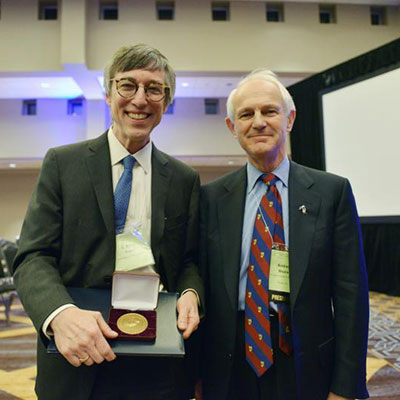
Magic in the Museum: From Classroom to Gallery
“Magic in the Museum,” a class taught by Professors Robert Ousterhout and Grant Frame, illuminates how different cultures used magic as a way of managing or understanding the present, controlling supernatural agencies, and seeing the future. Magic is pervasive across almost all ancient cultures, and objects and images associated with magical practices are well represented in the Penn Museum. As students learn about magic in antiquity, they will simultaneously curate a 2016 exhibition on magic and divination, using the collections of the Near East, Babylonian, Egyptian, and Mediterranean sections.
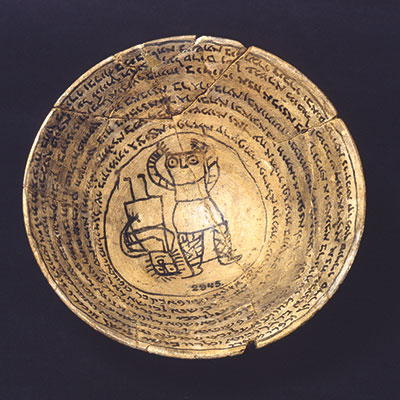
Suzan Harjo Receives Presidential Medal
Suzan Shown Harjo, a leading adviser on the Penn Museum’s Native American Voices exhibition, was honored as a 2014 recipient of the Presidential Medal of Freedom, the nation’s highest civilian honor. Recognized for her tireless efforts to protect Native American rights, Dr. Harjo was among 19 Americans who received the award from President Barack Obama. Harjo is a daughter of the Cheyenne and Hodulgee Muscogee Nations, and founder and President of The Morning Star Institute, a national Native rights organization.
Associate Curator is “School-Yard Famous”
When the Gladwyne Montessori School visited the Museum last fall, the children were tasked with completing a research project on a “famous person.” With the help of Public Relations and Social Media Coordinator Tom Stanley, one student, Kaelah, chose none other than the Penn Museum’s very own Dr. Josef Wegner, Associate Curator in the Egyptian Section, to be the subject of her report. Wegner was happy to meet with Kaelah and her teachers for an interview during their class visit to the Museum, where they spoke about Wegner’s historic discoveries at the site of Abydos, and what it takes to become an archaeologist.
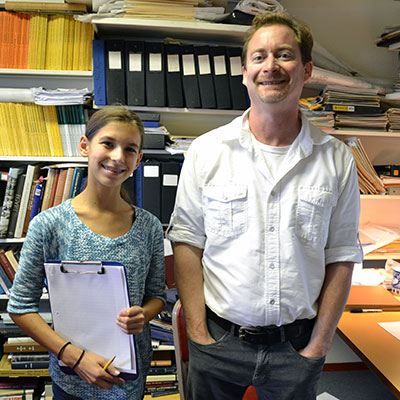
Ancient Music Conference at the Museum
In November 2014, the Penn Museum hosted “The History of Music in China,” a one-day symposium on Chinese music organized by Penn’s Department of East Asian Languages and Civilizations. Presentations covered topics related to Chinese music as a form of self-expression, music as seen through excavated texts, and issues surrounding the performance of ancient Chinese music for contemporary audiences.
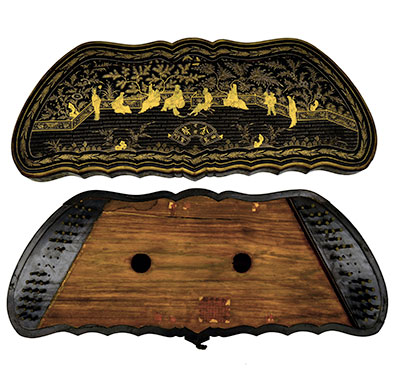
Digital Visualization
On February 20, 2015, the Museum hosted a tutorial on computer graphics and visualization given by Professor Norman Badler, Director of Penn’s new Center for Digital Visualization (ViDi), for which Museum Curators Steve Tinney and Holly Pittman serve on the Faculty Steering Committee. ViDi is creating an interdisciplinary forum for digital visualization and is one of a number of initiatives relating to the Digital Humanities, in which the Museum is an active participant.
Teacher Development Institute
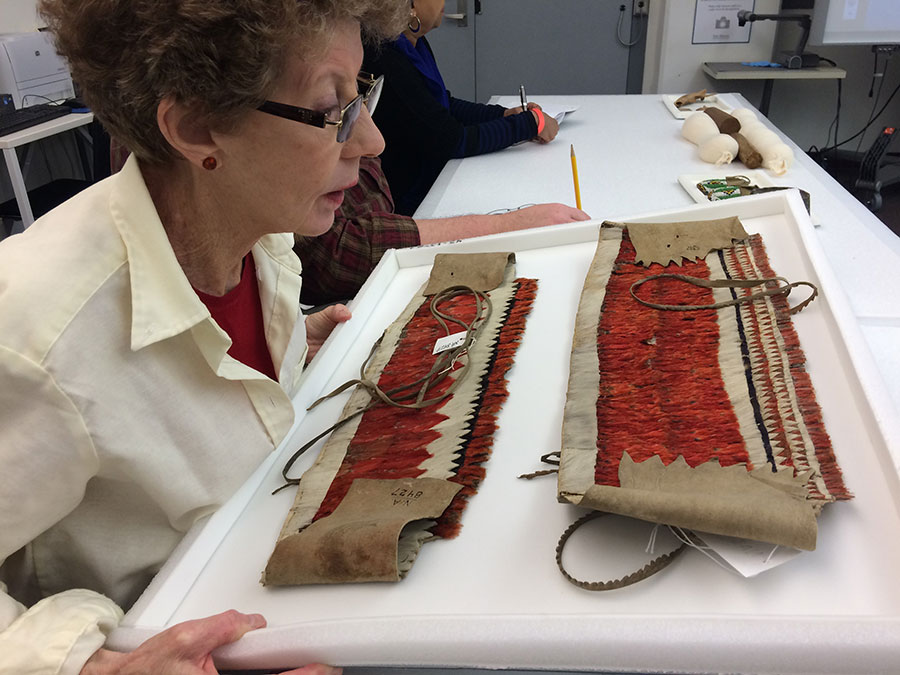
In February, the Penn Museum hosted a Teacher Institute in collaboration with Yale’s Peabody Museum. Called Native American Peoples: Past and Present, this weekend-long workshop combined curatorial talks with behind-the-scenes access to objects. Participating teachers created pre- and post-Museum visit lessons to use with their students when returning to tour the Native American Voices exhibition at discounted rates with their students.
Museum Objects on Loan
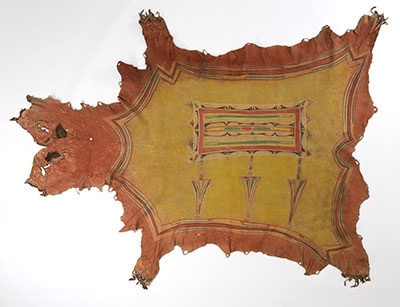
Cite This Article
"Museum News." Expedition Magazine 57, no. 1 (April, 2015): -. Accessed July 27, 2024. https://www.penn.museum/sites/expedition/museum-news-2/This digitized article is presented here as a historical reference and may not reflect the current views of the Penn Museum.
Report problems and issues to digitalmedia@pennmuseum.org.
